Wolf skull atop 1,800-year-old grave was left by robber who feared revenge, experts say
Digging into the center of an ancient burial mound in Romania, a robber reopened the grave. The thief took whatever of value emerged from the dirt, filled in the hole, and left a small tribute in hopes of avoiding revenge.
Millennia later, archaeologists uncovered the robber’s tribute — and an untouched skeleton with money in its mouth.
The first-of-its-kind burial mound was uncovered in a field in Cheia, Science in Poland said in a June 15 news release. The circular burial is about 250 feet across, but plowing has obscured most of the structure.
Archaeologists found two ancient Roman graves within the burial mound, the release said. Both graves were about 1,800 years old.
While excavating the center grave, archaeologists uncovered a stack of rocks with a wolf skull on top — a tribute left by an ancient grave robber, the Polish excavation leader, Bartłomiej Szymon Szmoniewski, explained to Science in Poland.
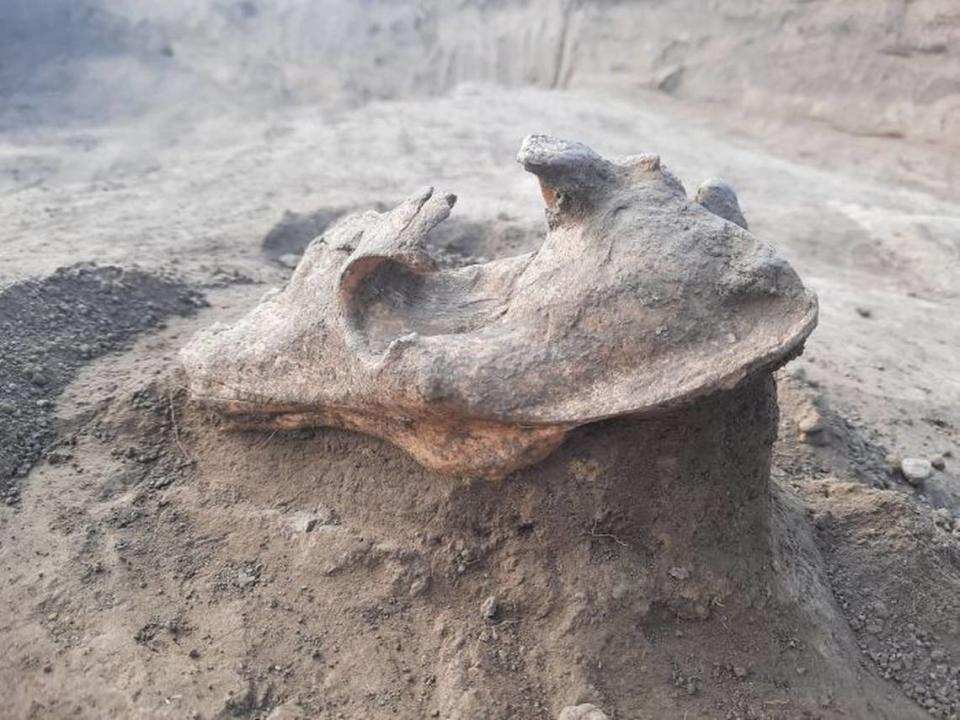
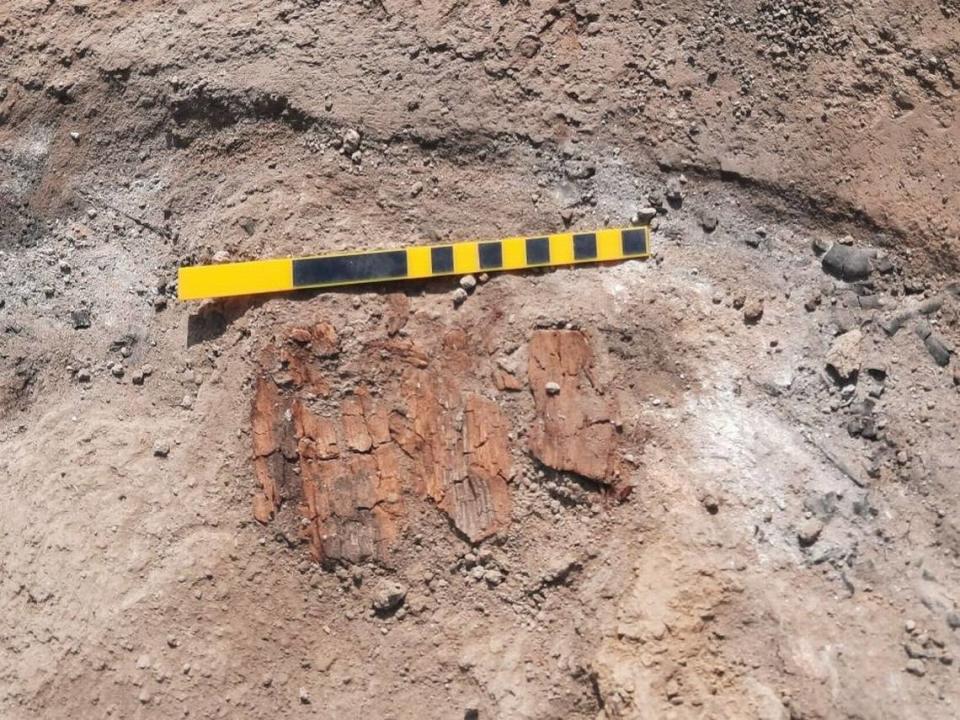
The robber had looted the grave, leaving behind fragments of a clay lamp and wooden coffin-like structure, Szmoniewski said. Out of fear of revenge from the deceased’s spirit, the robber filled in the grave and left a wolf skull as a magical ritual.
Archaeologists identified the looted grave as a cremation burial from the fragments remaining, the release said. They also found several burnt walnuts, a Roman-era burial practice of leaving seeds as food for the deceased’s soul.
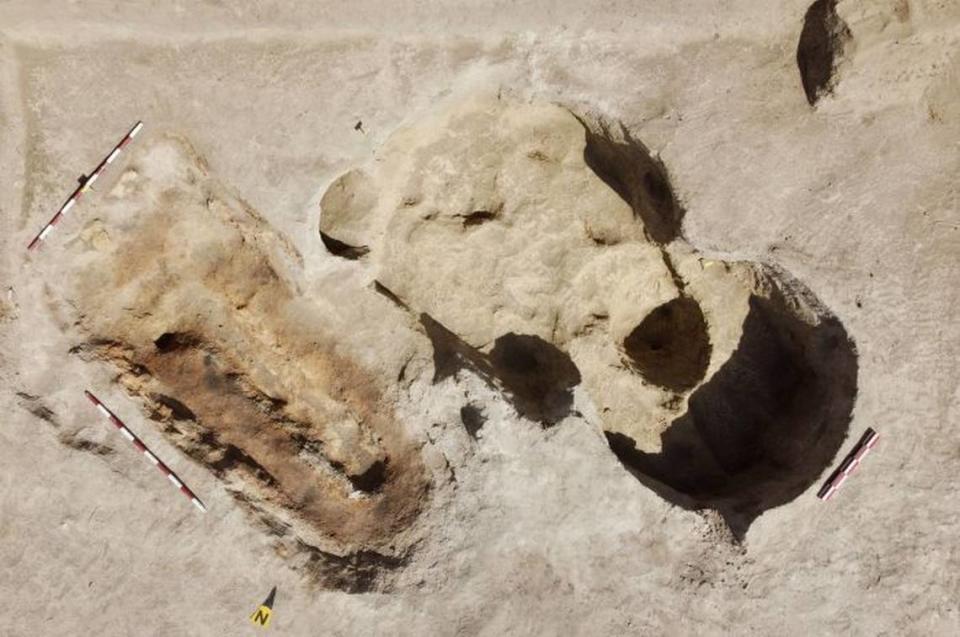
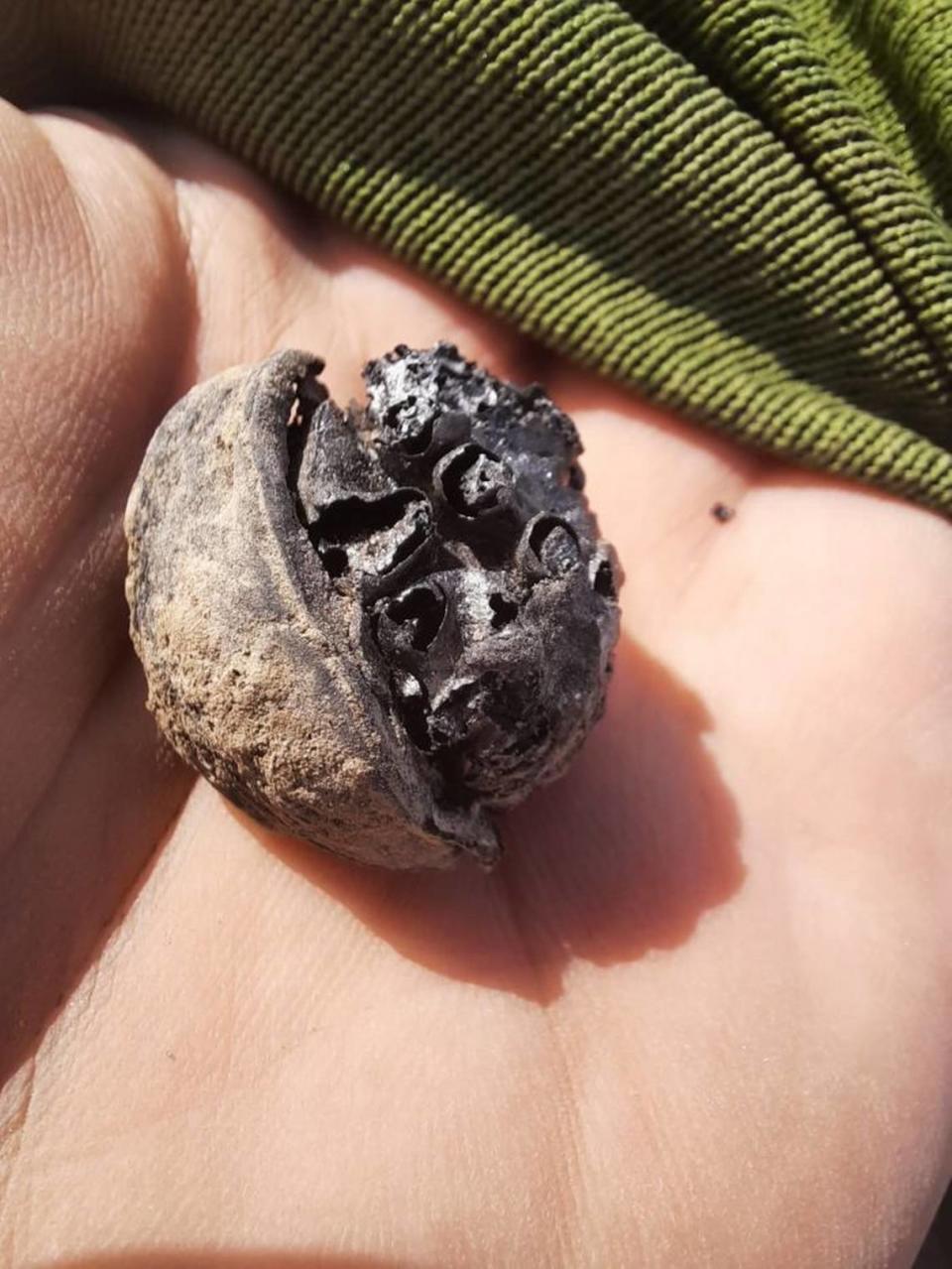
Along the edge of the burial mound, excavations uncovered a second, untouched grave. The grave contained fragments of a wooden coffin above and below a relatively complete skeleton, the release said.
Inside the skeleton’s mouth, archaeologists found a coin from around 126 A.D., experts said. The money was intended as a payment to the mythological figure Charon for transporting the dead person’s soul into the afterlife, Szmoniewski said.
The skeleton also had a glass container for liquids or perfume on its stomach, the release said. A photo shows what’s left of the burial.
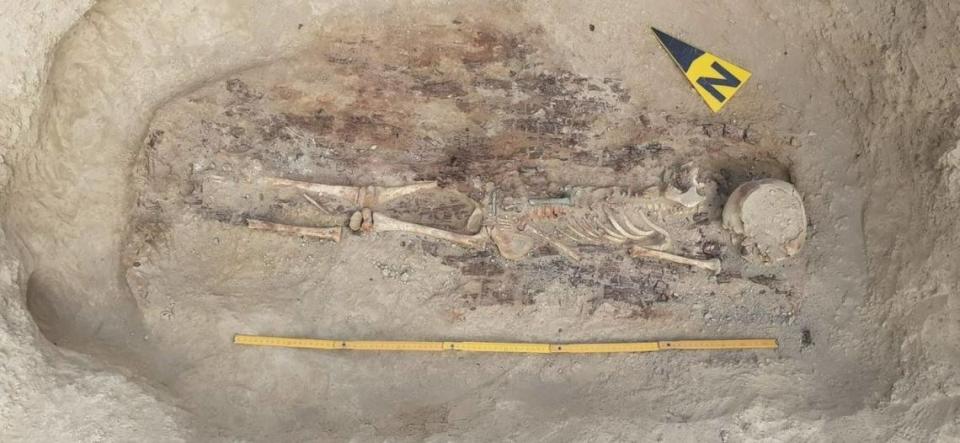
The burial mound was found in 2022. Archaeologists will continue researching the site starting in August, the release said.
A joint team of Romanian and Polish archaeologists has studied the area around Cheia since 2008, Science in Poland said. The Romanian excavation leader for the burial mound site is Valentina Voinea.
Cheia is a small mountain village about 80 miles north of Bucharest, the capital city.
Google Translate was used to translate the news release from Science in Poland.
‘Rock’ spotted on school trip turns out to be 3,500-year-old find, Israeli experts say
Someone buried treasure 1,700 years ago and vanished. Metal detectorist just found it
‘Peculiar’ blob-like species discovered thriving in ‘toxic’ Romanian cave, study says

